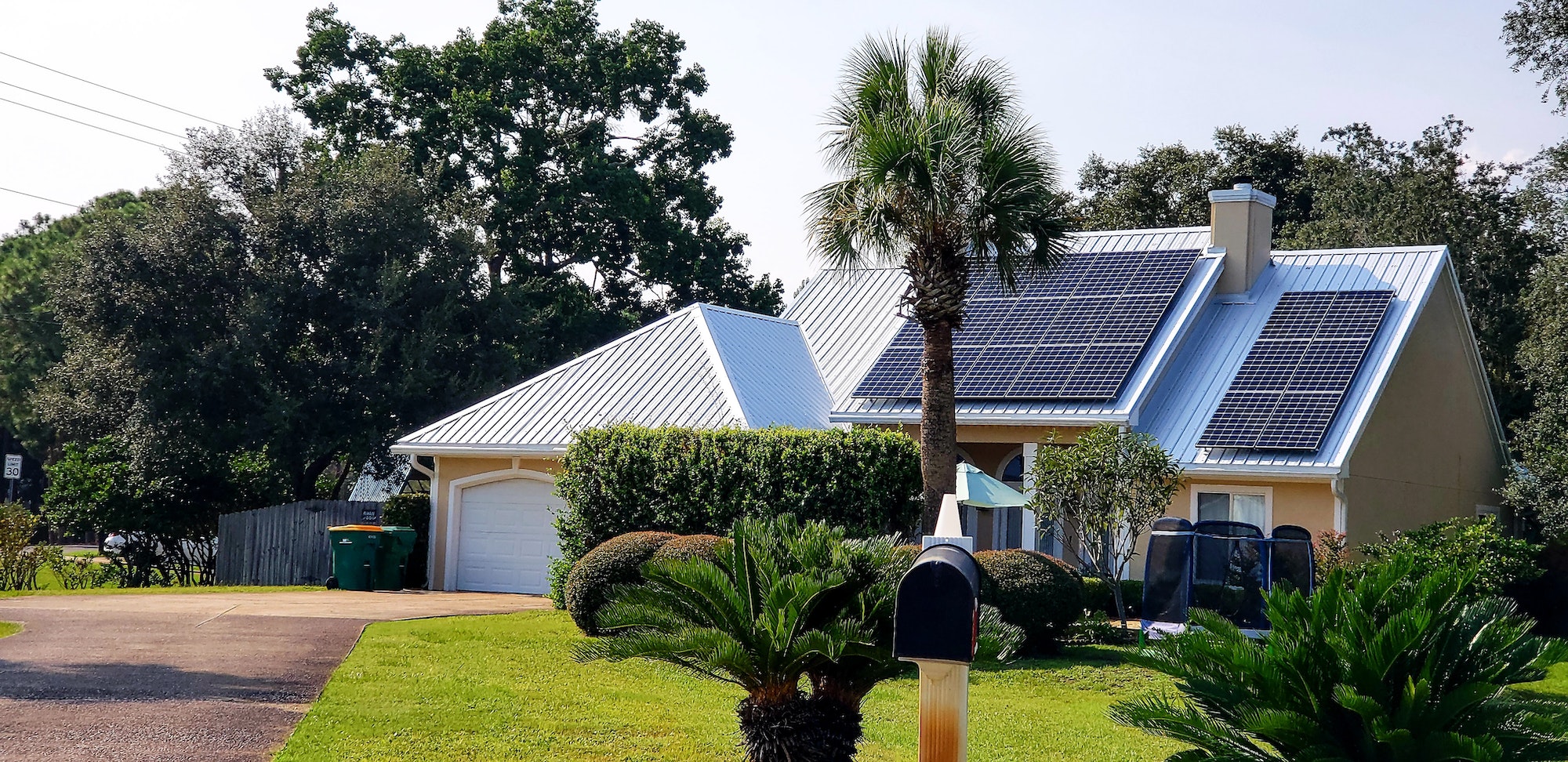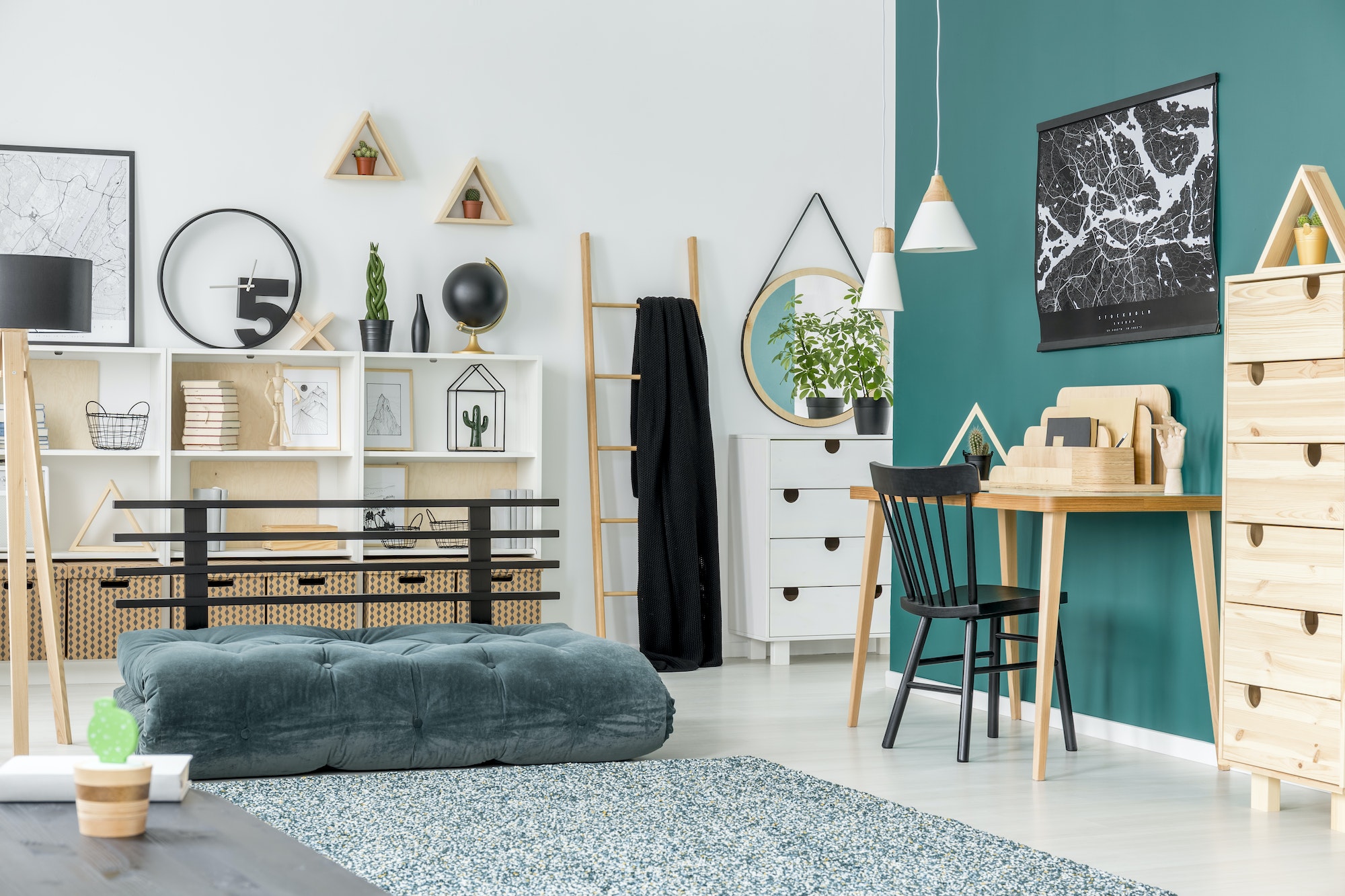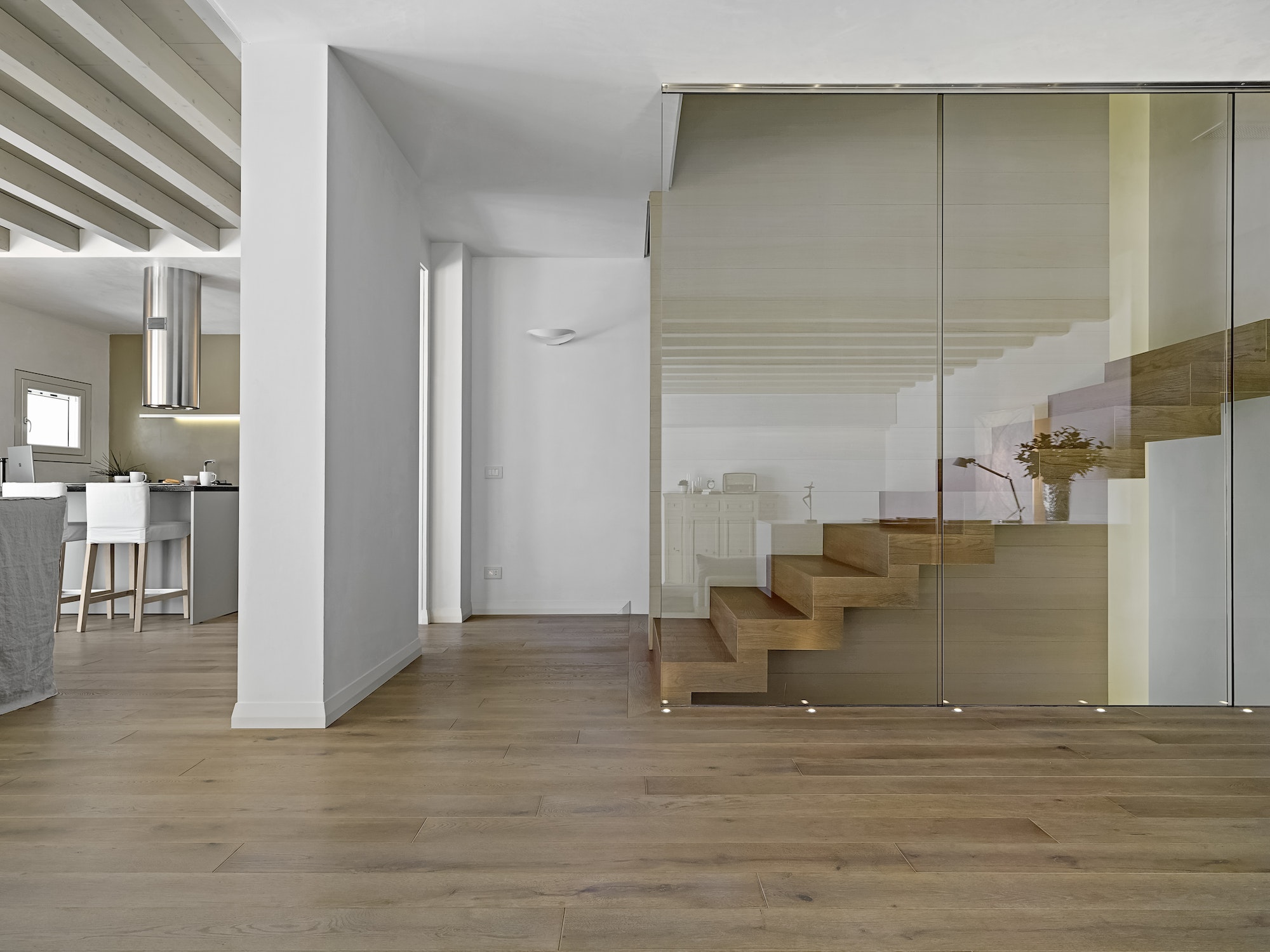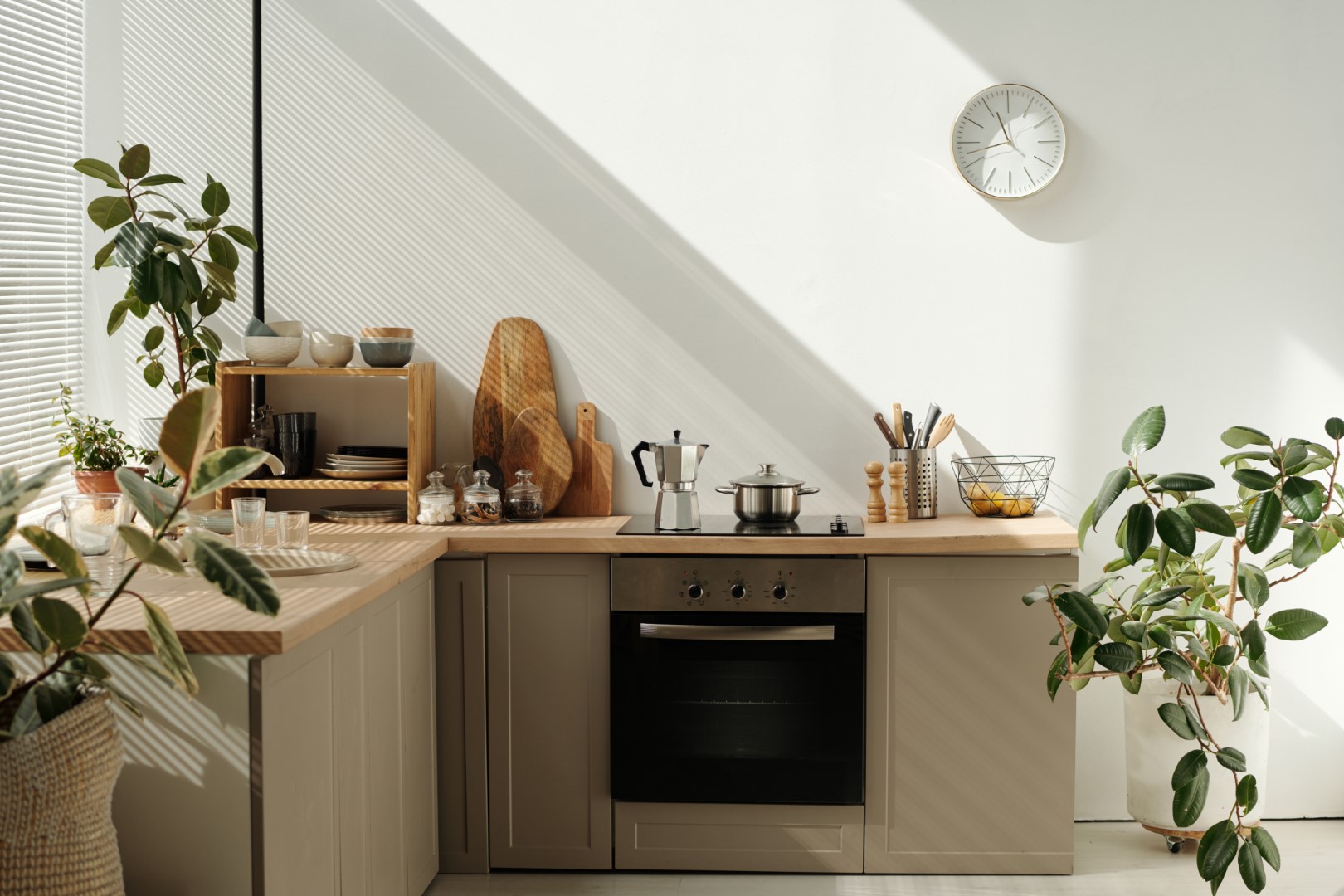Energy efficiency is the day-to-day challenge of improving the overall use of energy in the home, and, according to the International Energy Agency, a lot more needs to be done in the USA to start making a serious dent in climate goals. According to their 2021 year-end report on energy efficiency, the rate of efficiency needs to double in order to meet net zero goals, with a lot of that focus going into homes. New architecture and building trends will help to meet that, but there’s also a pressing need to improve the energy situation in the many millions of older homes that don’t scale up to modern standards.
Modern improvements in windows
The windows of the home, and how the layout of the home is designed to maximize, or minimize, airflow, is crucial to energy management. Window replacement can be expensive, though with green incentives, window replacement prices are coming down, and so it’s important that the process is correct to enable homeowners to secure value for money and also manage down energy costs. While installing double glazed panels is a good base action, Energy.gov have also highlighted the changes in architecture and home layout that can help to further engender energy efficiency. Advanced systems such as dynamic window facades, automated control methods (window opening/closing) and daylighting aren’t common to new installations, but can have a significant benefit on energy efficiency. Managing light and air is key to managing energy, starting with those panes to the outside world.
Judging layout
That airflow can be impeded by inefficient internal design. This is clearly outlined in one case study by The Energy and Resources Institute. Focusing on one new build in Bengaluru, the ‘solar passive’ architecture discipline looks to maximize light and natural air through the building while ensuring that bottlenecks are properly adjusted for. This prevents the loss of heat and light in the building, promoting energy efficiency, and drastically minimizing the need for AC or additional heating. Furthermore, the integrated use of solar panels and other renewable energy generators can ensure that any energy used is also energy created at source. The modern home can take in these changes through simple changes in moving furniture, for instance, or undertaking renovation to remove stifling walls.
Changing the tech
Smart home tech has not necessarily delivered the huge energy efficiency savings that were required to preserve energy in the long term. Being aware of numbers is certainly beneficial, and smart energy meters have helped owners to save, but they don’t create sustainable behavior. According to Wired, the latest generation of energy-saving tools, such as tankless water heaters, come with high price tags but high efficiency – and they can also help in altering the layout of the home. Simply put, without the need for large water tanks and storage units, there’s yet more opportunity to create energy efficiency.
New builds are important and a great way to promote energy efficiency. For most, however, the change needs to happen today. With accessible tech and design standards, that can become a reality.
Discover more from Futurist Architecture
Subscribe to get the latest posts sent to your email.



